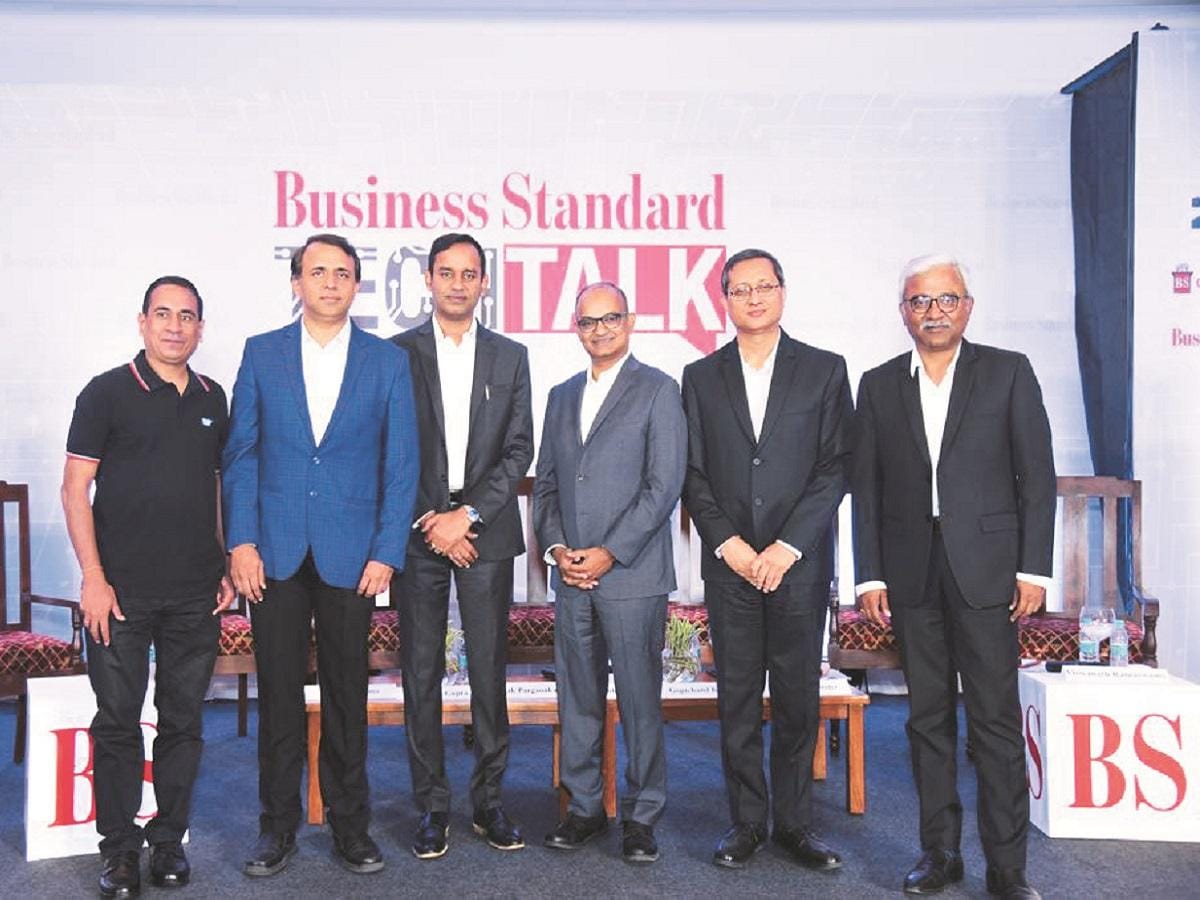ChatGPT, an example of generative AI, can produce various types of content, including audio, imagery, text and synthetic data. The recent buzz around generative AI has been driven by the simplicity of new user interfaces for creating high-quality graphics, videos and text in a matter of seconds.
“From the volume of creating jobs, there is an opportunity,” said Gopichand Katragadda, founder and chief executive officer (CEO) of Myelin Foundry, a deep-tech AI start-up and a former Tata Sons group chief technology officer.
Shashank Mohan Jain, chief development architect, SAP Business Technology Platform, said that ‘generative AI’ takes one to a paradigm where even a person who is not a computer science graduate can be a good programmer.
While generative AI has created a huge buzz at the consumer end, enterprises are still cautious about its use. This is because there are issues like copyright, trust and privacy that need to be addressed.
“Then, there are other parameters about how safe and trusted it is going to be and how transformative it is going to be,” said Pargaonkar.
“At this point, I would say it is still a question mark and that would evolve over the next six months and beyond,” said Gupta.
“4G is a good example. Each one of them has sprouted a new business model, which would not have existed in the absence of such technologies. Ride-hailing apps like Uber and Ola would not have been there without 4G and Cloud together. So, there is a huge generative AI opportunity, but if you ask us to pinpoint where exactly that opportunity is, we don’t know that. And, that is the fun part of it and it is unexplored. That excites all of us.”
He said, “The biggest challenge is how to take this into production. You need to have the innovator (business leader), creator (developer), implementor (data scientist) and consumer (user group) all sitting together and thinking along the same lines.”
In the Indian context, the issue is if the customer will go all the way to implement AI into its businesses in a serious way. Katragadda said that his AI firm wanted to work 100 per cent for Indian customers and did 80 per cent of the proof of concept for them.
However, awareness about technologies such as AI and the importance of data and changing processes are growing inside organisations.
Ramaswamy said, on another end of the spectrum, there are manufacturing and retail sectors, which are not highly regulated compared to banking.
However, there are challenges related to the democratisation of high-end technologies such as AI and Cloud by large tech companies and making them accessible to small businesses.
He said that tech firms are making efforts to reach out to small businesses and are even creating plug-and-play products and solutions, which are relevant to them. Gupta said many of these small firms don’t have a chief information officer. He said to democratise technology at the grass-roots level, there is a need to build an ecosystem.
IBM is already doing this. Ramaswamy said there is a client engineering unit inside IBM, which actually takes up the business problem of a client and solves it.
Mazumder said there is a hunger within smaller organisations to leverage technology.
From a volume and job creation point of view it’s an opportunity. I know of start-ups who are working with Open AI on creating culturally contextual sensitive data
Generative AI… opens a plethora of opportunities to build applications just by using conversations
At this point can organisations create a huge monetisation opportunity…that will still evolve the next 6 months or so
If we compare AI to where cloud was a decade back or how the internet evolved…each sprouted HUge business models. GAI is also on a similar journey
I would draw the analogy of video games… It will start as a consumer play, but will certainly reach enterprises too
Viswanath Ramaswamy, IBM
Note:- (Not all news on the site expresses the point of view of the site, but we transmit this news automatically and translate it through programmatic technology on the site and not from a human editor. The content is auto-generated from a syndicated feed.))



